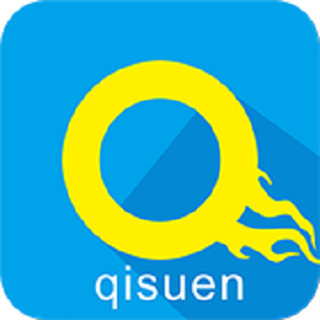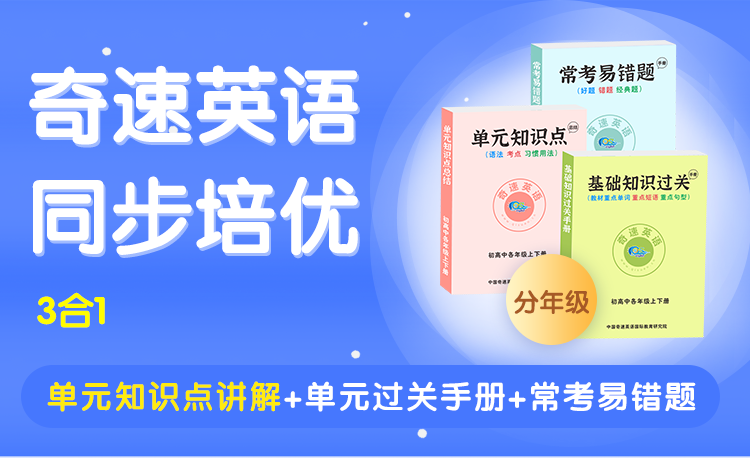The 2025 Nobel Prize in chemistry has gone to Susumu Kitagawa, Richard Robson and Omar Yaghi for the development of materials full of cavities that can store and release gases such as carbon dioxide, known as metal-organic frameworks. “A small amount of such material can be almost like Hermione’s handbag in Harry Potter,” said Heiner Linke, chair of the Nobel Committee for Chemistry. “It can store huge amounts of gas in a tiny volume.”
Tens of thousands of different metal-organic frameworks have now been created. They have many potential applications, from helping to capture CO2 in chimneys to cleaning up forever chemicals and harvesting water from the air.
In the late 1980s, Richard Robson at the University of Melbourne in Australia was inspired by the ordered structure of diamonds to create the first metal-organic frameworks. Robson realised that it might be possible to use metal ions as nodes, and link them together with carbon-based, or organic, molecules. When the metal ions and organic molecules are mixed together, they self-assemble into ordered frameworks. While the cavities in the diamond framework are small, the cavities in metal-organic frameworks can be much bigger. The cavities in the metal-organic frameworks created by Robson were filled with water.
It was Susumu Kitagawa at Kyoto University in Japan who first created a framework that was stable enough to be dried out and who managed to fill the empty cavities with gas. “He showed that the gases could be taken up, absorbed by the material, and could also be released from the material,” said Olof Ramström, a member of the Nobel Committee for Chemistry. Kitagawa also went on to create metal-organic frameworks that change shape when gases are added or removed.
Omar Yaghi at the University of California, Berkeley, managed to create frameworks that were even more stable by using metal ion clusters containing zinc and oxygen, and linkers containing carboxylate groups. “This is an astonishing framework because it was highly stable. It was stable all the way up to 300 degrees Celsius,” said Ramström. “But even more remarkable was that it contains an enormous surface area. So just a few grams of this porous material (having many small holes), roughly the same as a small sugar cube, contains as much surface area as a large football pitch that is several thousands of square meters.” Yaghi also went on to show that the cavities in these materials can be made larger, simply by making the linkers longer.
After these fundamental breakthroughs, the field evolved very rapidly, Ramström said. “We see new metal-organic frameworks developed almost every day.”
1. 1.What is mentioned as a potential application of MOFs?
A Storing and releasing hydrogen for energy use.
B Removing toxic compounds from wastewater.
C Capturing carbon dioxide from industrial emissions.
D Replacing traditional construction materials.
2. 2.How did Richard Robson’s frameworks differ from the diamond structure?
A Their internal cavities are significantly larger.
B They use organic molecules instead of metal ions.
C They require high temperatures for self-assembly.
D They form a solid structure without cavities.
3. 3.What did Susumu Kitagawa accomplish?
A Found how to remove water from MOFs.
B Invented a room-temperature MOF method.
C Made MOFs with adjustable cavities.
D Created a stable MOF for gas handling.
4. 4.What is highlighted about Omar Yaghi's frameworks?
A Conduct electricity under pressure.
B Great heat resistance and huge surface area.
C Change color with different gases.
D Need precious metals for strength.
5. 5.What is the main focus of the passage?
A The fierce competition among three Nobel prize winners.
B The revolutionary material and its key developers.
C The diverse industrial applications of MOFs.
D The history of interdisciplinary research in Nobel awards.







 更多优质学习内容
更多优质学习内容



